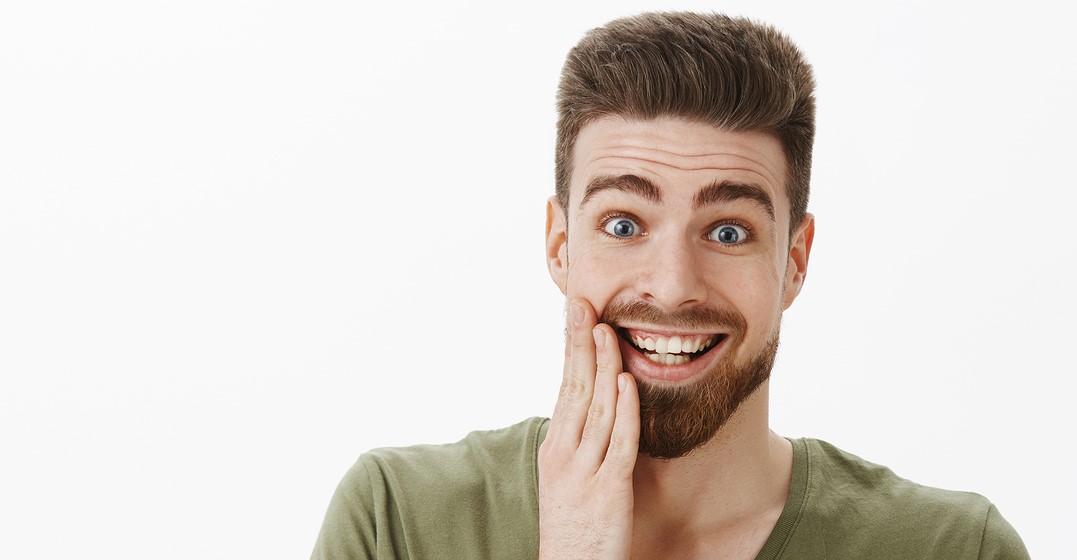[et_pb_section bb_built=”1″][et_pb_row][et_pb_column type=”4_4″][et_pb_text]
Greetings, Earthling! Bring me to your leader.
Greetings are the basics of human relations. Social interactions cannot exist without a form of greeting to initiate the process. You would think that such a basic and fundamental process is simple and universal. Well, yes… and no.
Saying something like ‘Hello’ or ‘Good morning’ is a good start and those greeting words can be translated into many languages. But there’s more to a proper greeting than just words.
I said Hello, what more do you want?
You can say a lot about two people and their relationship just from the way they greet each other, even if you don’t hear the words they say. For example, you can tell what culture they’re from. If they are Japanese, they might bow to each other; if English, they would likely shake hands; and if French, they might kiss each other on the cheeks.
You can also tell about their relationship, whether it’s formal, social, familiar or even closer. Or it might indicate a form of hierarchy due to social status or age.
Actually, there is a whole lot of possible variations and the rules about how to greet someone are rooted deeply in our culture. They become intuitive, almost. So, what happens when you travel or move abroad and meet people from other cultures? That’s where having a native guide is an asset.
La bise, more than just wind
For the French, polite nods, slight bows, and handshakes are for social and formal settings. When you get closer, when you are accepted in their inner circle, la bise is the way to go. But what is it exactly?
Basically, it’s a kiss in the air while touching cheek to cheek. You lean in towards the other, turn your head slightly to the side so your cheeks touch, pucker up and kiss the air. It’s usual to put a hand on the other person’s shoulder for balance while leaning. But remember that your mouth is close to your partner’s ear so, please, no loud lip smacking or vocalisation. Keep it light.
How do you know where to turn?
It’s like a dance. You have to coordinate your movements with your partner. So how do you know if you should lean to the right or to the left? The short answer is: you don’t.
Since most people are right-handed, they might tend to offer their right cheek first, so you would lean to your left. But it’s not a hard and fast rule.
You have to be sensitive to the subtle clues given by your partner and adapt. Sometimes, both adapt to the other at the same time and you meet in the middle! Hopefully, one or both will realise what’s happening and stop before a full lips on lips kiss. If that happens, don’t worry, laughing it off will smooth the awkwardness out of the situation.
Why not take the opportunity to comment on how greetings are done where you come from and start off on an interesting conversation?
Kiss and repeat once, twice… how many times should you give someone those kisses?
This is a very complex question and it can vary wildly. In France, the appropriate number of cheek-to-cheek kisses varies from one region to the next. In most places, expect at least two kisses, one on each cheek. Very often, it goes up to three, maybe two for symmetry and one extra for good luck. Around Paris, it is common to kiss four times and in some places, like Corsica, it can go up to five!
Again, the key is to be attentive to your partner and follow their lead. Outside of France, like in Quebec, start with two and see where it takes you.
Is there a link between the number of kisses and latitudes, with numbers going up as you go South? Maybe. Or with proximity to other cultures? Possibly.
That would be an interesting area for study or a good discussion among friends. What do you think?
[/et_pb_text][et_pb_cta button_url=”https://www.lingoda.com/en/french” button_text=”Explore French” _builder_version=”3.21.1″ background_color_gradient_direction=”311deg” border_radii=”on|4px|4px|4px|4px” custom_button=”on” button_text_color=”#ffffff” button_bg_color=”#ff8e5a” button_border_color=”#ff8e5a” button_border_radius=”100″ button_font=”|700||on|||||” button_use_icon=”off” button_alignment=”center” custom_padding_phone=”|5%||5%” custom_padding_last_edited=”on|phone” z_index_tablet=”500″ button_bg_color__hover_enabled=”on” button_bg_color__hover=”#ff7A48″ button_border_color__hover_enabled=”on” button_border_color__hover=”#ff7A48″ url_new_window=”on”]
If you’d like to learn more about French kissing and culture, visit our website and start your Lingoda trial today.
[/et_pb_cta][/et_pb_column][/et_pb_row][/et_pb_section]
Marie-Pascale Michaux
Born in Belgium, she came to Quebec at a very young age. Quickly, she developed her language skills in order to communicate with others in her new environment.
Start your 7-day free trial
